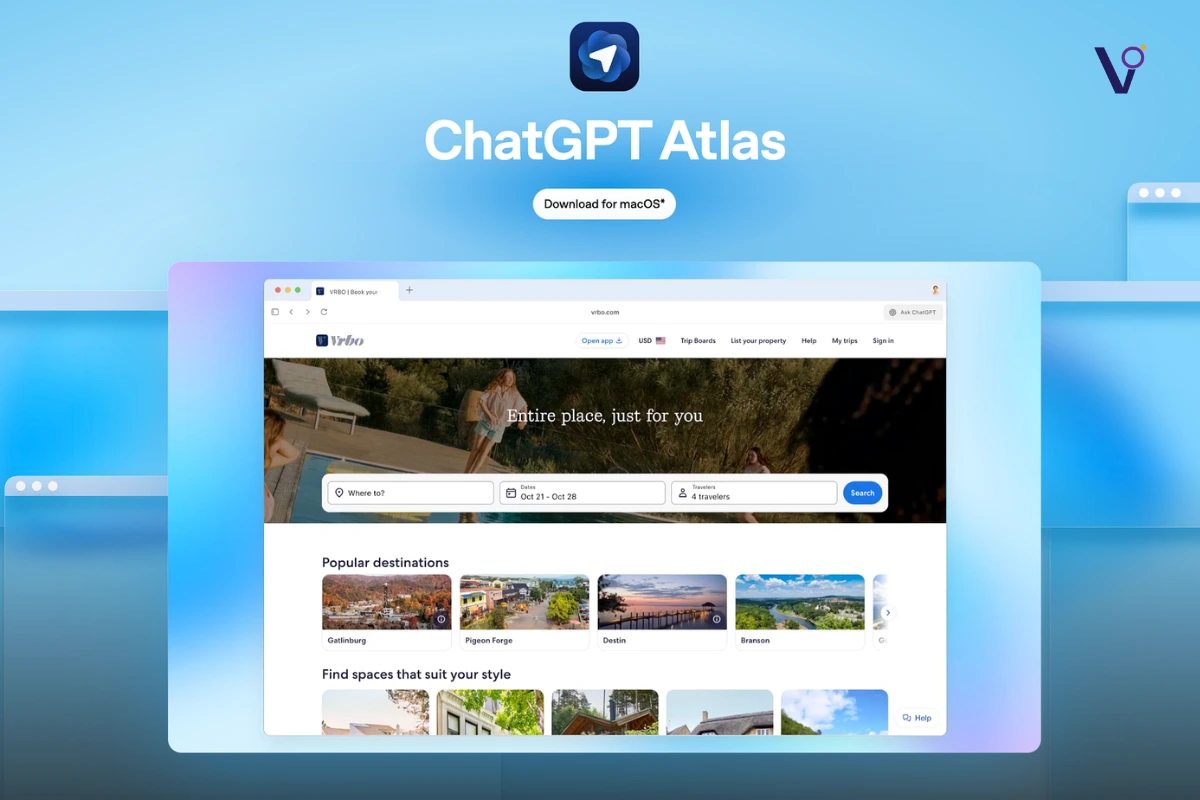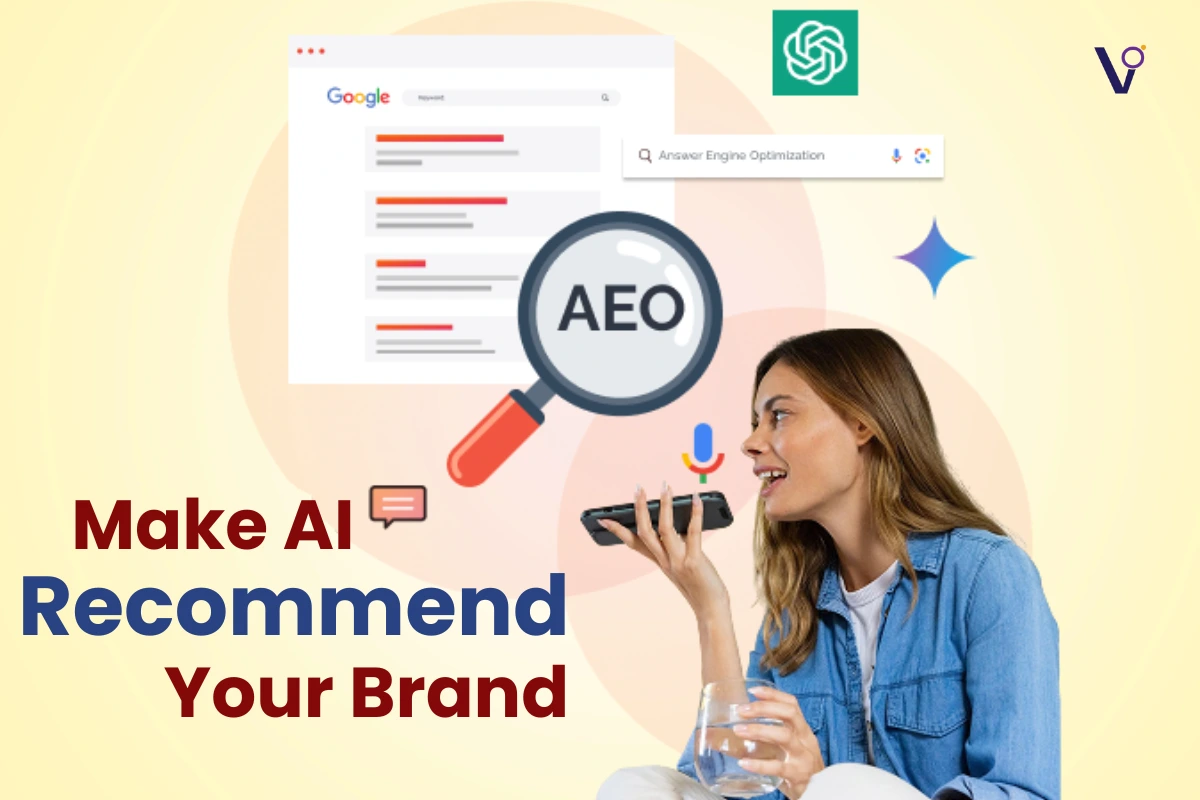Today, we will break down what most people get wrong about a social media strategy, why your content isn’t performing (even if it’s great), and how you can finally unlock consistent growth without selling out or chasing trends that don’t fit your brand.
Social Media Strategy: One-to-One, Not One-to-Many
Let’s start with a myth that’s holding most creators and brands back: social media isn’t about standing on a stage and broadcasting to the masses. It’s a one-to-one communication method.
It doesn’t matter if you’re in real estate, finance, nutrition, or any niche. You don’t have to change who you are or what you represent to go viral. What you do need is to contextualize your expertise so it’s accessible. If your audience is big enough, the percentage of potential customers grows exponentially way more than if you stick to just your niche.
Social Media Strategy of Going Viral
Here’s the truth: going viral isn’t luck, and it’s not about pulling emotional levers. It’s scientific. My approach to a successful social media strategy is analytical. Most people think, “If I just make great content, the algorithm will reward me.” Almost 5 billion people are on these platforms. That’s a lot of competition.
The reality is, everything about how we get views and followers is controlled by algorithms. But here’s where people go wrong. They blame the algorithm. The algorithms have one job: to find content that grabs attention and keeps people on the platform longer.
Think of it like this: Netflix spends billions on original content to keep people watching. But Facebook, Instagram, and TikTok rely on us, the content creators, to fuel their platforms.
Stop Fighting the Algorithm
The platforms rely on creators like us to fuel their business. They want us to succeed because our content keeps users engaged. So, your social media strategy should focus on creating content that grabs attention and retains it—not just clickbait, but real value that keeps people watching.
For example, on YouTube, you need a click and at least 30 seconds of watch time. But it’s not just about getting that initial click—it’s about holding attention and making viewers want to stay for the whole ride.
Context Over Content
Here’s a hard truth: most of you have great content, but it’s not working because of context. The biggest driver of performance isn’t what you’re saying, but how you present it. The old paradigm: creating niche content for a niche audience—doesn’t work anymore. The algorithms aren’t going to do the heavy lifting for you. They’re just measuring retention: are you stopping the scroll, and how long can you hold attention1?
You need to make your content interesting to the average person, without losing the core message for your target audience. Take Graham Stephan, for example. He teaches finance to millennials, but his most viewed video is “How I Bought a Tesla for $78 a Month.” That hook is universally intriguing, but the video still delivers finance lessons. If he’d titled it “Top 5 Principles of Leasing a Tesla,” it would have tanked.
Or look at Dr. Julie Smith on TikTok. She’s a clinical psychologist tackling heavy topics like PTSD and anxiety, but she uses visual metaphors like an overflowing wastepaper basket to make complex ideas instantly relatable. Her videos pull millions of views because she contextualizes her expertise for the general public.
In the world of social media, identifying what causes success or underperformance is key to refining your social media strategy. High performers consistently show us that success comes from understanding the variables driving performance, not just copying content or formats blindly.
Why Advertising Alone Won’t Work in Your Social Media Strategy
Many people make the mistake of treating social media as just an extension of their website. Their content is advertising-heavy, filled with calls to action, and lacks genuine engagement. But get this straught: no one comes to social media wanting to see ads. People actually pay money to avoid ads on many platforms.
If you want better results, ask yourself: Are you happy with your current performance? If yes, keep doing what you’re doing. But if your current social media results aren’t working, then repeating the same patterns won’t help. The best brands and creators, like MrBeast, don’t start by pushing calls to action. Instead, they focus on delivering value, entertaining, and engaging their audience so followers want to support them and take the next step naturally. This mindset shift is a fundamental part of a successful social media strategy.
Compare, Learn, Adapt
Lastly, one of the most actionable exercises is to place your video side by side with a high-performing reference video. Watch carefully for any differences in structure, timing, captions, and hooks. Don’t try to copy what you’re uncomfortable with, but learn the underlying principles behind their success.
For instance, one top video used a bold, emotionally charged caption to hook viewers immediately, while another used a clear visual hierarchy to focus attention within the first seconds. You don’t have to adopt the exact style, but you can craft your own version that respects your brand while achieving the same goal — stopping viewers and making them curious.
The Algorithm and Audience Connection
Sometimes, the difference comes down to the account itself. Larger, trusted accounts automatically get more algorithmic reach because they’ve proven their content keeps viewers engaged. If you’re seeing someone else’s account get more views with the same video, it might be due to that algorithmic favor.
Moreover, your audience matters. If your channel is building a different type of community than a spicy business-focused account, the same content might perform differently. This is why part of a good social media strategy is investing in building the right audience and understanding who you want to engage.
Influencer marketing will prioritize nano-influencers, authentic storytelling, AI collaborations, and performance-driven campaigns, emphasizing transparency, micro-communities, and measurable ROI for brands across digital platforms.
A targeted approach using tailored content, influencer collaborations, and platform-specific campaigns to expand audience visibility, boost engagement, and achieve measurable brand growth across digital channels.
It suggests posting 50% valuable content, 30% curated content from others, and 20% promotional content to maintain engagement, audience trust, and brand presence across social media platforms.



